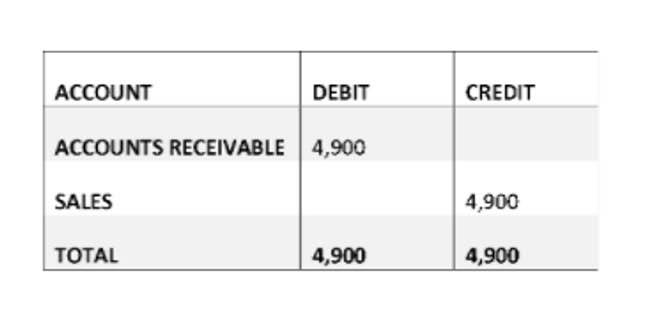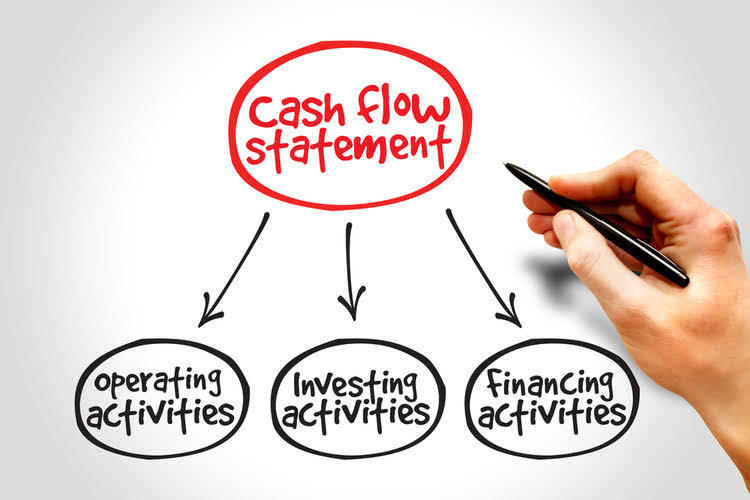6 Best Accounting Software and Tips for Interior Designers

The creative mind finds solace in artistic expressions, not in the labyrinth of numbers. Yet, amidst the sea of creativity, the significance of bookkeeping cannot be overlooked. Regardless of the size of the interior design firm, financial management is the backbone that sustains every artistic endeavor.
Utilize the Work in Process and Pre-Billing Reports
Some designers will create retainers for design fees and apply that retainer to invoices as design hours are completed. The most important thing to note is that whatever your process is, make sure you are tracking your time and products/materials so that everything is invoiced to the client and accounted for. Logistis is a cloud-based accounting firm specializing in interior design. Our team can help carry you through the entire accounting process, from start to finish. We can set up the financial portion of your office, integrate your systems, run your payroll, prepare your taxes and offer assistance with financial planning along the way. Tax legislations, regulatory shifts, and evolving industry benchmarks can significantly impact an interior design business.
The Ultimate Cheat Sheet on Accounting for Interior Designers
It’s not surprising most small interior design firms can’t afford to hire a full-time bookkeeper. While there may be a lot of money coming in, most of it is used to cover overhead long before it ends up in the profits column. Keeping track of the money coming in and going out gets increasingly difficult as business picks up, and as a result many successful interior designers have no idea how much they are actually earning after expenses. Accurately tracking your expenses is crucial for maintaining precise bookkeeping records. Cultivate a habit of organizing and filing receipts for all business-related purchases. This practice will facilitate claiming deductions, reconciling expenses, and providing evidence in case of an audit.
Analyzing The Intricacies of Your Firm
Proper bookkeeping serves as a cornerstone for financial stability and successful loan applications in the competitive business landscape. While the allure of artistic pursuits might overshadow the practicality of numbers, understanding the financial pulse is indispensable. Proper accounting doesn’t merely crunch numbers; it illuminates the path toward informed decisions, enabling the creative spirit to flourish.
Personal and Business Account
- It’s not surprising most small interior design firms can’t afford to hire a full-time bookkeeper.
- This is account balance versus cash balance, which is important to know at any given time so that you aren’t accidentally spending more than you should be.
- For example, you receive a $100,000 check from a client, but you are required to pay out $80,000.
- Once a design proposal or item has been approved by your clients, it is crucial to create and send invoices promptly.
- If you’re still a sole proprietorship (e.g., a freelancer or contractor), then you should be able to find accounting software versions that are priced quite competitively.
- A well-structured budget serves as a roadmap, steering businesses away from financial instability and unforeseen obstacles.
With our step-by-step instructions and expert tips, you will learn how to create a system. It also provides valuable insights into the health of your business. Gain clarity on cash flow, track project costs, and stay on top of your taxes with ease. At Remote Books Online, we don’t just provide a service; we provide peace of mind.

We collaborate with reputable merchants such as Gusto, Stripe, Shopify, and Square, ensuring your financial records are always precise and up-to-date. Choose Bench Accounting, the dependable choice for interior designers. Regularly examining financial documents, such as profit and loss statements and balance sheets, is crucial for an interior design business. These comprehensive overviews offer insights into the company’s fiscal well-being, revealing trends, potential challenges, and areas of growth.
You can also measure your performance against your targets. Another vital aspect of https://www.bookstime.com/ is the ability to track project costs. Ensure that you stay within budget and deliver profitable results. This information is invaluable for pricing your services.

Giersch Group services can help guide you through these practices. Part of interior design bookkeeping, is making sure that expenses are organized and separated, for example, distinguishing bookkeeping for interior designers between business and personal expenses. Use separate bank accounts and credit cards for your business transactions to avoid confusion and potential audit triggers.
- We collaborate with reputable merchants such as Gusto, Stripe, Shopify, and Square, ensuring your financial records are always precise and up-to-date.
- It provides a structured framework to organize your income, expenses, assets, liabilities, and equity.
- In addition to the Open Purchase Orders report, Priya and Denise also recommend using the “Work in Process” and “Pre-Billing” reports to make sure nothing slips through the cracks.
- When considering hiring a bookkeeper or outsourcing bookkeeping services, check your budget.
- Within the interior design industry, safeguarding sensitive financial data is paramount.
Top 5 Accounting Tips for Interior Design Businesses
This not only lets your firm keep abreast of its expenditures and profit margins, but also lets you warn the clients of new costs, exceeded budgets, and leftover expenses. Once recorded, it is important that you store all the documentation in an organized and accessible manner, made easy by cloud backup nowadays. This not only lets your track your company’s finances and progress over the years, but you may need to make these receipts and proofs of transactions available to your CPA or during possible audits. Using conventional accounting methods like pen and paper or spreadsheets is impractical if you want to produce timely reports consistently for several months or years!
- You can use invoicing software or templates to simplify the process.
- She is an alumna of DwellStudio, a New York-based home furnishings company, where she served as Head of Design before leaving to start her own design firm and contemporary Art Gallery in 2007.
- Depending on your location, you may have to collect and remit sales tax on certain products or services.
- Tracking your income and expenses is a fundamental aspect of bookkeeping.
- As an interior designer, you may work with contractors, suppliers, and vendors who provide goods or services for your projects.
- Anelle comes from a strong background in both art and design.
- Their familiarity with the nuances of the design industry can streamline financial processes, ensuring accuracy and relieving you of potential stress.

Familiarize yourself with the sales tax laws in your jurisdiction to ensure compliance. Install a system for sending gentle reminders and escalating collection efforts if necessary. Finding someone who enjoys and understands the business and finance side of the design is a win for you as a designer. This means that while you immerse yourself in the creative end of a project, someone can take charge and guide you to make more profits doing exactly what you love.